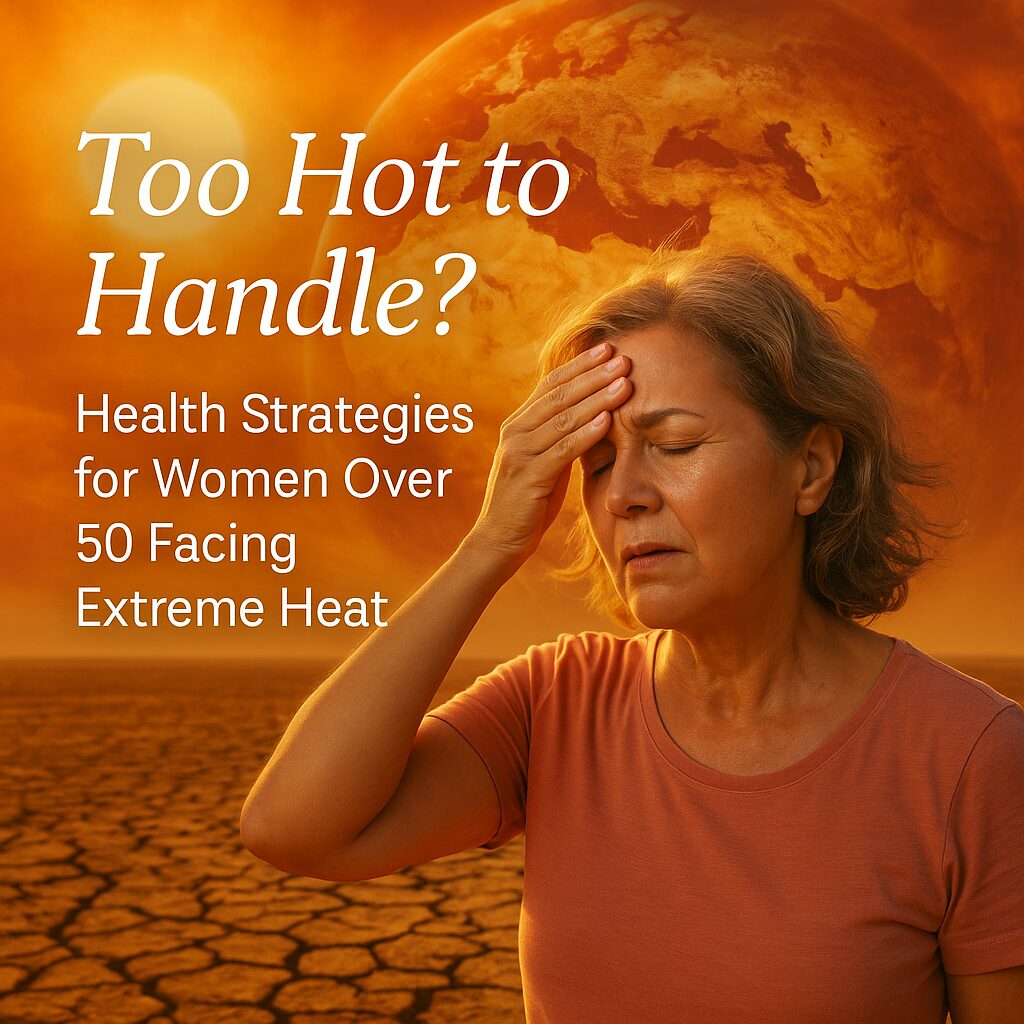Why Sugar Cravings Get Worse After 50
Hormonal changes and emotional eating
For many women over 50, the urge to reach for something sweet can feel almost impossible to resist. It’s not just about willpower—shifting hormone levels during and after menopause can increase sugar cravings. As estrogen drops, mood swings, fatigue, and emotional stress become more common, and sugar provides a quick dopamine boost that feels soothing.
Sugar, fatigue, and a vicious cycle
Unfortunately, sugar is only a temporary fix. The crash that follows can leave you even more tired and moody, creating a cycle that’s hard to break. Over time, this can contribute to weight gain, inflammation, and an increased risk of type 2 diabetes or osteoporosis.

The Japanese Approach to Satisfying a Sweet Tooth
Natural sweetness from whole foods
Instead of processed sweets or baked goods, many Japanese women turn to foods like steamed sweet potatoes, boiled kabocha squash, or chestnuts for a subtle, natural sweetness. These options don’t spike your blood sugar the way sugary snacks do—and they provide fiber and nutrients as a bonus.
Try switching your afternoon cookie for a few slices of roasted Japanese sweet potato. It’s surprisingly satisfying.
Light desserts with health in mind
Japanese cuisine often includes small, subtly sweet treats like yokan (red bean jelly) or fruit-based desserts that focus on flavor rather than sugar content. These serve as a satisfying end to a meal without leading to more cravings later.
Drink Your Cravings Away — the Japanese Way
The power of warm beverages
Japanese meals often end with a warm cup of tea—green tea, barley tea, or roasted hojicha. These teas offer not only hydration and gentle flavor but also a moment to pause and reset.
Having a warm drink after a meal can help signal to your brain that you’re done eating, reducing the urge to snack on sweets.
Umami over sugar
Tea isn’t the only option. Savory drinks like miso soup or even a light dashi broth (made from kombu and bonito flakes) can provide deep umami satisfaction, helping you avoid the “need” for a sugary treat.
For a creative twist, try making a mug of miso soup with a sprinkle of dried seaweed and tofu. It’s soothing and surprisingly filling.
Cravings Might Be a Signal: Check Your Hormonal Health
Sugar cravings aren’t always just about taste
As we age, the body’s ability to balance hormones naturally weakens, especially during and after menopause. This imbalance can make us more prone to emotional eating, sugar dependence, and fatigue.
If you’re constantly craving sugar and also experiencing other menopausal symptoms like irritability, night sweats, or brain fog, the root cause may be hormonal—not dietary.
A natural solution from Japan
Many Japanese women go through menopause with fewer complaints, largely due to their diet. One key component? Fermented soy, which contains aglycone isoflavones—a unique form of plant estrogen that helps support hormonal balance.
Unlike regular soy isoflavones, aglycone isoflavones are absorbed more effectively, allowing the body to maintain natural DHEA and estrogen production.
Support Your Hormonal Balance with Juveriente® Effisoy®
Juveriente® Effisoy® is a supplement inspired by the traditional Japanese diet. It uses fermented soy extract rich in aglycone isoflavones, a form clinically shown to help relieve various menopausal symptoms, including:
-
Fatigue
-
Mood swings
-
Sugar cravings linked to hormonal imbalances
By restoring your body’s own ability to regulate hormones, Effisoy® helps naturally reduce the emotional triggers that lead to overeating and sugar addiction—without relying on synthetic hormone replacement therapy.
Learn more about the science behind Effisoy® and how it supports your body from within:
Read about fermented soy’s unique benefits.
Small Changes, Big Results: Try These First Steps Today
Swap instead of cut
You don’t have to give up sweets overnight. Start by replacing highly processed treats with naturally sweet foods like:
-
Steamed sweet potatoes
-
Dried persimmons or dates (in moderation)
-
Baked apples with cinnamon
These options satisfy the same craving, with less sugar and more nutritional benefit.
Build a “craving toolkit”
Keep your pantry stocked with healthy alternatives so you’re not tempted to grab a cookie. Some ideas:
-
A thermos of miso soup
-
A banana with almond butter
-
Unsweetened yogurt with berries
-
Dark chocolate (70%+ cocoa)
Listen to your body
If you’re craving sweets, ask yourself:
Are you actually hungry?
Or are you tired, bored, or emotional?
Understanding the root of your craving helps you choose a response that truly serves your health.
Final Thoughts
Sweets can be comforting—but they shouldn’t control you. By incorporating some of Japan’s food wisdom and supporting your hormonal health, you can reduce your dependence on sugar without feeling deprived.
Juveriente® is here to help women over 50 thrive naturally—with traditions rooted in centuries of Japanese health wisdom and modern science to back it up.
🔗 External Links (included in article above):
Take Effisoy®, a natural supplement, to balance your hormone back.
If you are facing the age-related hormonal imbalance, rebalancing of it will recover your BMR(Basal Metabolism Rate and support your weight management.
Juveriente®’s Effisoy, launched in 2016, based on fermented soy bean germ extract has been loved as a natural menopause relief since its launching in 2016.
Its primary function is to boost the weakened synthesis of a hormone precursor, DHEA. It helps the precursor, DHEA. Rebalancing the precursor will eventually recover your hormones in line with your natural balance. It will help recover the hormonal imbalance and help you address various issues in postmenopausal period.
Here are some of the real product reviews in our Amazon shop.
“Restful sleep finally!!”, “I Am Now Free of Hot Flashes!!”, “Lifesaver”




































